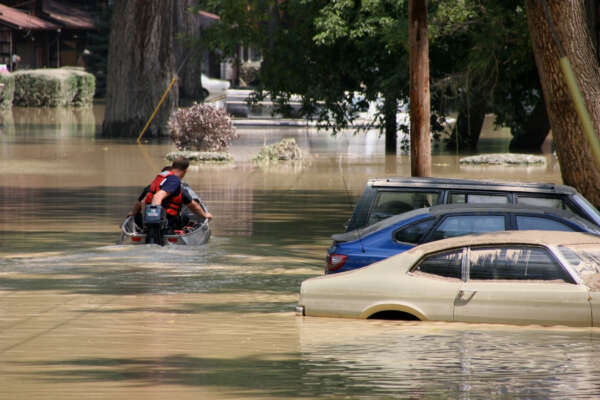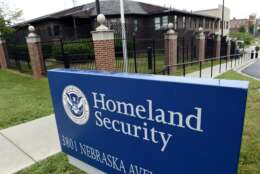Hubbard Radio Washington DC, LLC. All rights reserved. This website is not intended for users located within the European Economic Area.
The Future of Connectivity
Sponsored by


Agencies are eyeing a range of possibilities to take advantage of 5G advances, but perhaps no application is more urgent than ensuring and even boosting connectivity to aide disaster response. “Through mechanisms in 4G and 5G, we can prioritize access and bandwidth in such way that wireless priority service can be given to first responders,” said Mark McDiarmid, senior vice president for radio network engineering and development at T-Mobile USA.
Read moreThe Department of Homeland Security’s science and technology directorate wants to help first responders realize the potential benefits of fifth-generation wireless communications and avoid the challenges associated with relying on more interconnected, digital technologies.
-
IRS has 37,000 webpages. About 2% get nearly all of its traffic
The IRS is tapping into billions of dollars in multi-year modernization funds to provide a higher level of customer service to taxpayers.
-
DHS names China, AI, cyber standards as key priorities for critical infrastructure
Agencies that oversee critical infrastructure are developing new sector risk management plans, with cybersecurity continuing to be a high priority.
-
Robust data management is key to harnessing the power of emerging technologies
Comprehensive data management is key to unlocking seamless, personalized and secure CX for government agencies.
-
VA looking at ‘smart home’ tech to keep aging, disabled vets living independently
A smartwatch saved the life of VA’s chief health technology officer. The department expects this device data can also save the lives of other disabled vets.
-
Energy working with renewables industry, cloud providers on cyber requirements
CESER’s work with cloud service providers comes amid growing threats to critical infrastructure, as well as questions about cloud security responsibilities.
-
IRS adds another state to Direct File, as House Republicans seek to defund it
About 580,000 Oregon residents will be eligible to use the IRS’ Direct File platform next filing season, as long as the program remains funded.
-
USINDOPACOM Mission Partner Environment success: A blueprint for CJADC2 path forward
DoD can duplicate USINDOPACOM’s transformation to rapidly implement multi-enclave environments on a broader scale in support of CJADC2.
-
NSF initiative aims to bring better data to the cyber workforce challenge
Policymakers often talk about a cyber talent gap, but official data on the national cyber workforce is also in short supply.










